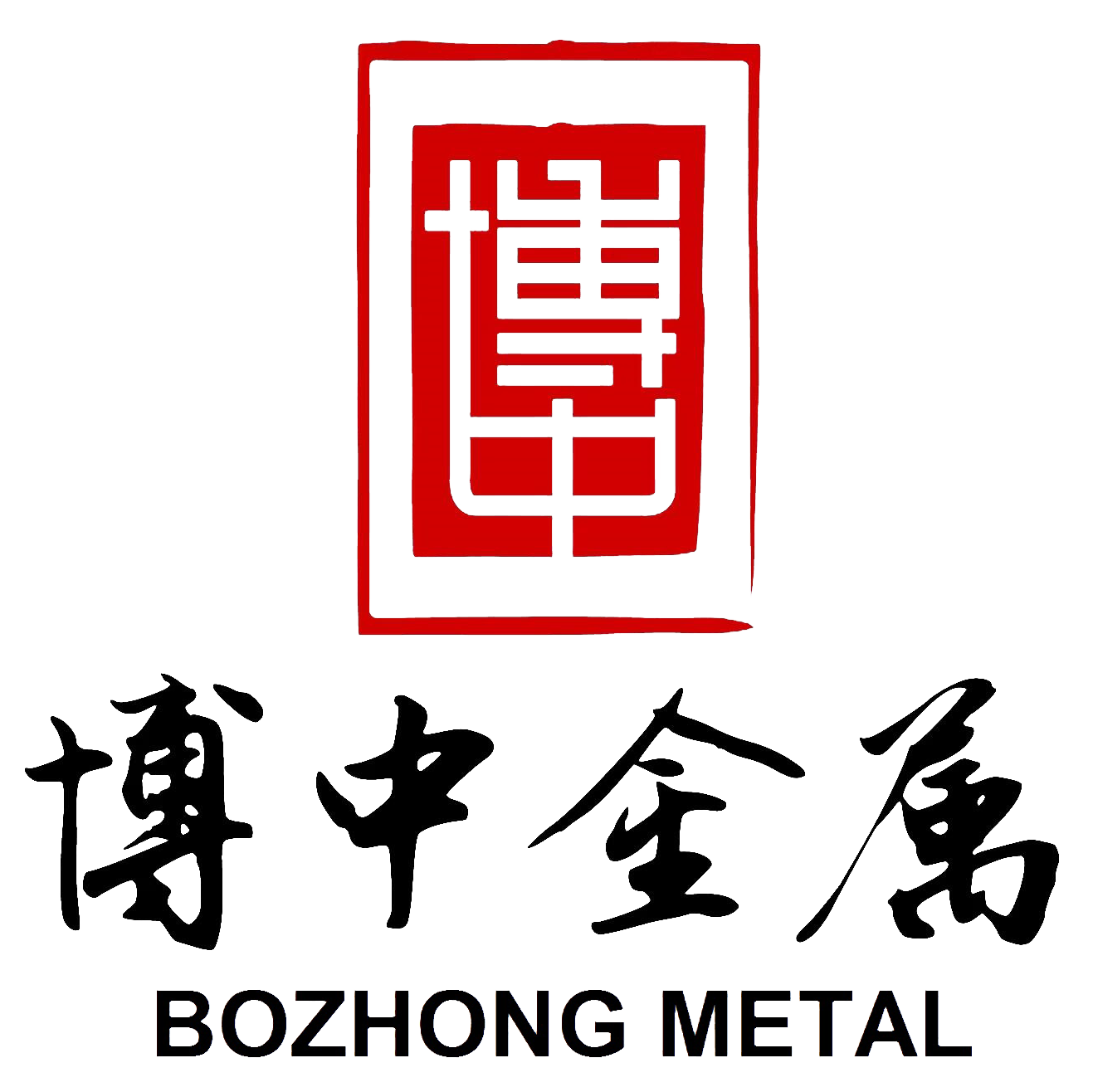310H/S31009/SUS 310H Stainless Steel
Parameter
Application
For more technical details :
Download the complete datasheet
(1) Indicative typical values
(2) Indicative typical values for thickness 20 mm at RT for transverse direction
(3) Hardening 496°C (925°F), 4h, air cooling
(4) PREN = Cr + 3.3 Mo + 16N
(5) PRENW = Cr + 3.3(Mo + 0.5W) + 16N
(6) HT: mechanical properties depend on heat treatment
PDF: http://www.industeel.info/wp-content/uploads/2016/01/DS-INOX-SIRIUS310Sv2.pdf
Alloy 310H (UNS S31009) has a carbon content restricted to exclude the lower end of the 310 range. This makes 310H the grade of choice for high temperature applications. This steel has good resistance to oxidation at temperatures of up to 1040°C (1904°F) in intermittent service and 1150°C (2102°F) in continuous service. It is widely used in environments where sulfur dioxide gas is present at high temperatures; however it is recommended that this steel should not be continuously used at 425-860°C (797-1580°F) range due to carbide precipitation.
| STANDARDS | |||||
| INDUSTEEL TRADEMARKS | UNS | ASTM | EURONORMS EN | SUS | |
| 310S | S31009 | 310H | 1.4845 | SUS 310H | |
| CHEMICAL ANALYSIS (%WEIGHT) | |||||
| C | Cr | Ni | Mo | N | Others |
| < 0,100 | 25 | 19,5 | - | - | - |
| PROPERTIES | ||||||||||
| 0,2 Y.S. - Rp 0,2min ASTM / EN | 0,2 Y.S. - Rp 0,2(2)typical value | UTS - Rm min ASTM / EN | UTS - Rm(2)typical value | EI-A(1)% | PREN(4) | HOMOLOGATIONS | ||||
| MPa | Ksi | MPa | Ksi | MPa | Ksi | MPa | Ksi | Last revised | ||
| 210 | 30 | 280 | 41 | 515 | 75 | 564 | 82 | 40 | 25 | - |
Penn Stainless Alloy 310H Plate and Processed Flat Bar provides superior resistance to corrosion and heat exposure, in even the most demanding environments.
Corrosion Resistance:
- The high chromium content – intended to increase high temperature properties – also gives this grades good aqueous corrosion resistance.
- In high temperature service, 310H exhibits good resistance to oxidising and carburising atmospheres.
Heat Resistance:
- 310H has good resistance to oxidation in intermittent service in air at temperatures up to 1040°C and 1150°C in continuous service.
- Good resistance to thermal fatigue and cyclic heating. Widely used where sulphur dioxide gas is encountered at elevated temperatures.
- Continuous use in 425-860°C range not recommended due to carbide precipitation, if subsequent aqueous corrosion resistance is needed, but it often performs well in temperatures fluctuating above and below this range.
- Prone to sigma phase embrittlement in the temperature range 650 – 900°C.
- Grade 310H is generally used at temperatures starting from about 800 or 900°C – above the temperatures at which 304H and 321 are effective
Fabrication:
- Commonly used in the heat treatment and process industries due to high temperature and corrosive environments
- Often fabricated into complex structures
- Roller-forms, stamps and draws readily
- Because 310 work hardens, severe forming operations should be followed by an anneal
Weldability:
- Austenitic stainless steel is generally considered to be weldable
- Generally considered to have weldability equivalent to 304 and 304L
- Special consideration is needed to compensate for a higher coefficient of thermal expansion to avoid warping and distortion
| APPLICATIONS | |||||||||||
| CHEMICAL INDUSTRIES | PROCESS INDUSTRIES | WATER TREATMENT | STORAGE & TRANSPORTATION | ||||||||
| Nitric Acid | Sulfuric Acid | Polymer& otheracids | Fertilisers | Pulp& Paper | Hydrome-tallurgy | Seawater& desalination | Freshwater &Tanks | Waste Water | Chemical Tanks | Cryogenic Tanks | Renewable |
| POWER GENERATION | OIL & GAS | CONSTRUCTION | ||||||
| Nuclear | Pollution control | Hydroelectric | Renewable | Off & Onshore & production | Refining & Gas processing | Petrochemical | Architecture | Bridges |
For more technical details :
Download the complete datasheet
(1) Indicative typical values
(2) Indicative typical values for thickness 20 mm at RT for transverse direction
(3) Hardening 496°C (925°F), 4h, air cooling
(4) PREN = Cr + 3.3 Mo + 16N
(5) PRENW = Cr + 3.3(Mo + 0.5W) + 16N
(6) HT: mechanical properties depend on heat treatment
PDF: http://www.industeel.info/wp-content/uploads/2016/01/DS-INOX-SIRIUS310Sv2.pdf
Products
- Stainless Steel Pipe/Tube
- Stainless Steel Sheet/Plate
- Stainless Steel Bar/Rod
- Stainless Steel Coil
- Stainless Steels
- Nickel Based Alloys
- High Strength Steels
- Pressure Vessel, Cryogenic, Pipe & Construction Steels
- Steels For Molds Tools And Die
- Tailor Made Products
- Wear Resistant Steels
- Protection Steel
TOP




